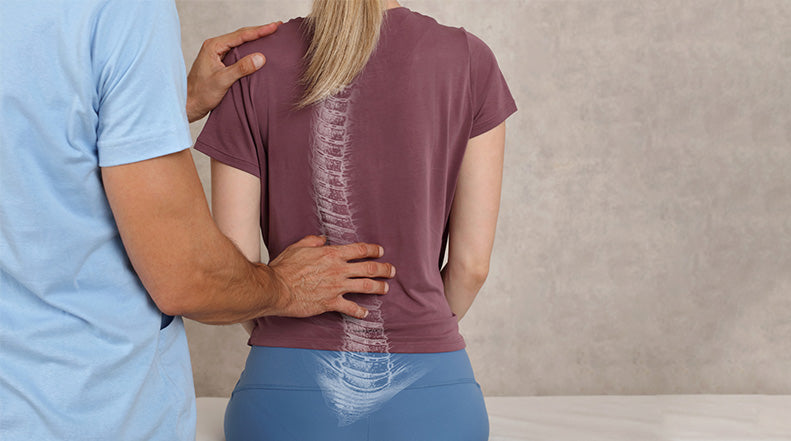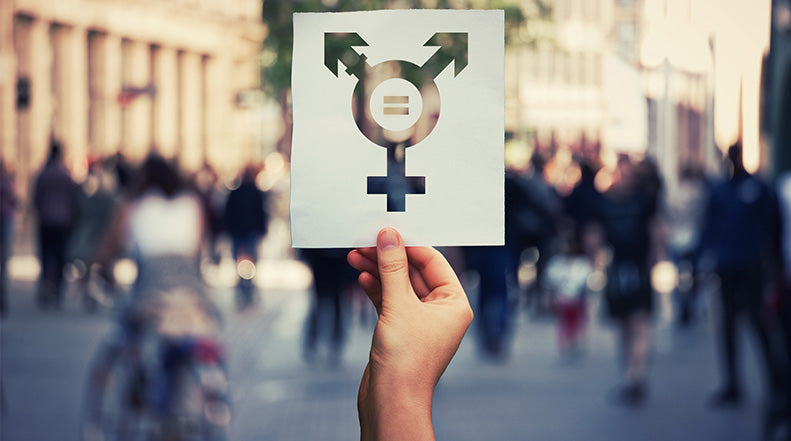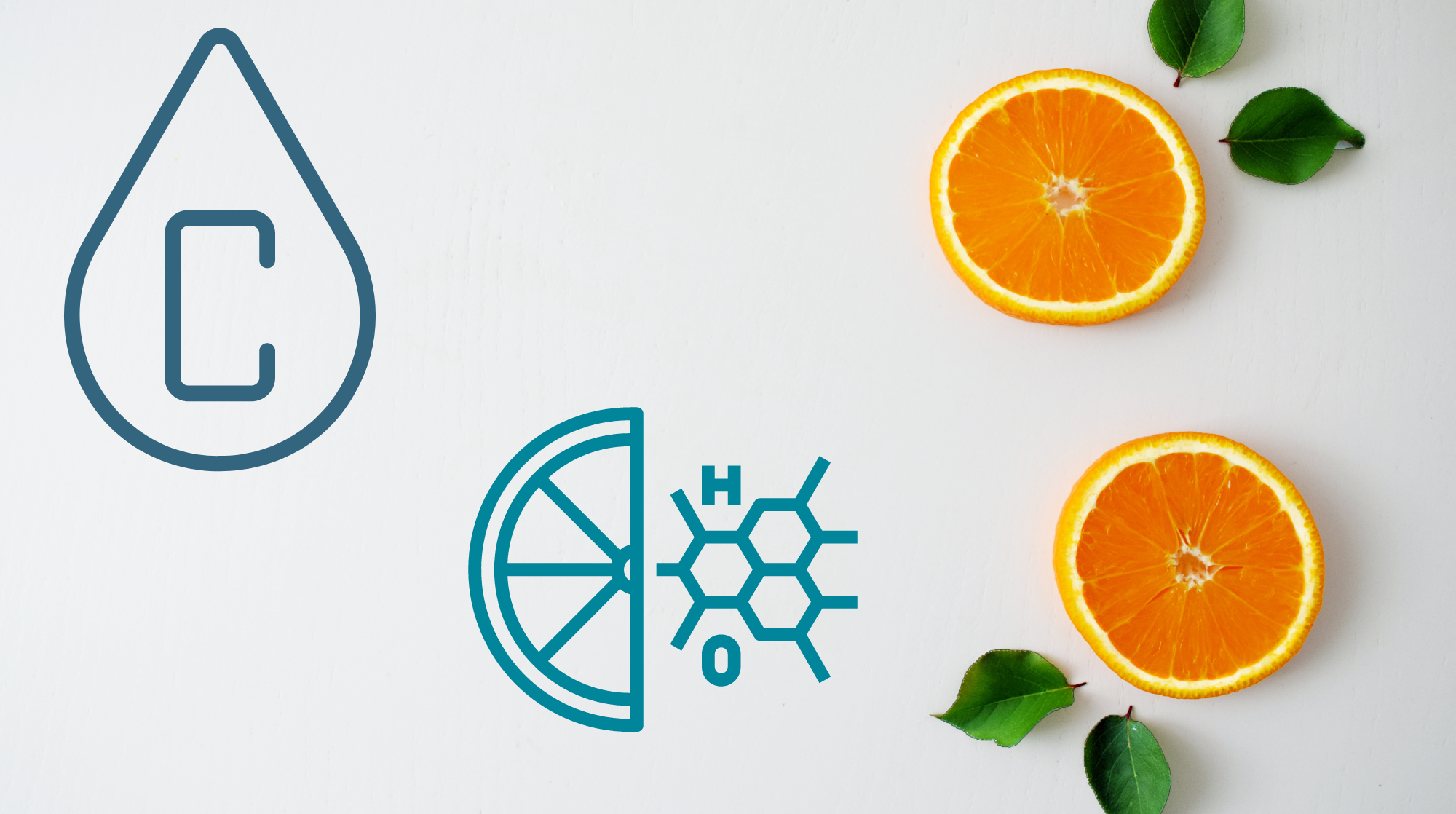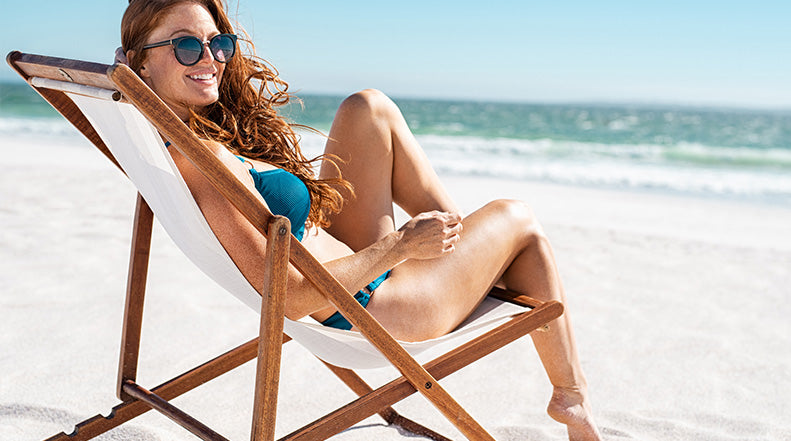5 Best Exercises for Scoliosis

Scoliosis is a musculoskeletal disorder where there is a sideways curvature of the spine. Curves can be in the shape of the letter “C” or “S”. Some of the causes of scoliosis include neuromuscular conditions, such as cerebral palsy or muscular dystrophy, birth defects that affect the developing bones of the spine, or injuries to the spine. However, the most common cases of scoliosis occur during a child’s growth spurt just before puberty. Doctors aren’t exactly sure of the cause behind these cases, which are referred to as idiopathic scoliosis.
The following exercises are targeted toward people with scoliosis. Exercise is important for your overall health and can help ease scoliosis pain. People with moderate or severe scoliosis should consult with their doctor before attempting any of these workouts.
TOOLS FOR EXERCISE
Scoliosis can make exercising seem impossible, particularly if you’re dealing with extreme pain and discomfort. It is important to remember that you shouldn’t do anything that makes you feel uncomfortable or in even more pain. Pain isn’t always gain! “Listen to your body,” says fitness trainer Carol Ann. “You do want to feel like your muscles are working, but you don’t want to work through pain. So just gauge that.” Utilizing the tools and equipment around you will help by supporting the weak areas of your spine. Using the right tools can even enhance the effectiveness of your workouts. Here are some tools you can use during your workouts that will be helpful for adults with scoliosis!
Stability ball: also known as a Swiss Ball, is a ball constructed of soft elastic with a diameter of approximately 35 to 85 centimeters (14 to 34 inches) and filled with air. Specific exercises performed on a stability ball are helpful in strengthening the back and abdominal muscles. This ball provides balance and support for your spine while you work out.
BOSU Balance Trainer: a BOSU Balance Trainer (or BOSU ball) is a fitness training device, invented in 1999 by David Weck, consisting of an inflated rubber hemisphere attached to a rigid platform. The device is often used for balance training. Exercising while standing on this dome-shaped device adds an element of instability to your workout, engaging the muscles responsible for stabilizing and balancing the spine.
Wedges: a versatile exercise prop can be used in a variety of ways for added comfort and to alleviate overstretching or pressure on the joints. Use the wedge under heels, knees or sit bones in forward bending exercises to maintain alignment and achieve a deeper stretch. Exercising with training wedges can provide extra support where you need it, especially if your spine has multiple curves.
Foam roller: A foam roller is helpful for improving balance while you perform core-strengthening exercise.
WORKOUTS
Many of the best exercises for scoliosis patients come from Pilates, a system of exercises using special apparatus, designed to improve physical strength, flexibility, and posture, and enhance mental awareness. In one study, women who completed nine months of Pilates training built up their abdominal strength by as much as 20 percent while reducing their existing muscular imbalances.
Below are 5 of the best scoliosis exercises you can do at home to help:
-
Spider: Stand facing the wall with your feet together. Lean forward and place your hands on the wall at chest height. Tighten your abs and slowly walk your fingers up the wall. As you extend your arms over your head, come up on your tiptoes. Once your arms are fully extended, with a straight line from hands to heels, walk your fingers back down. Repeat, keeping abs and lower back muscles engaged.
-
Pelvic tilts: Lie face-up on the floor with knees bent, feet flat and arms at your sides. Tighten your belly and buttocks to slowly curl your pelvic bone inward, feeling your lower back flatten out against the floor. Hold for five seconds, breathing normally, before releasing. Repeat.
-
Leg and arm extension: Lie across the stability ball on your belly and place your hands and toes on the floor about shoulder-width apart. Contract your abs and lower back muscles while you steadily raise your right arm and left leg until parallel to the floor. Slowly lower and repeat on the other side.
-
Squats: Stand on a BOSU Balance Trainer and find your balance. Extend your arms in front of you and sit back and down like you’re easing into an imaginary chair. Lower until your thighs are parallel to the floor, with your knees over your ankles. Keep your body tight and push through your heels to return to the starting position.
- Foam roller balancing: Lie longwise on a foam roller with your tailbone at one end, head at the other and feet on the floor about hip-width apart. Lift one knee so your calf is parallel to the floor while lifting the opposite arm straight up so your fingers are pointing at the ceiling. Return to the starting position and repeat on the other side.
Related Articles:




Comments